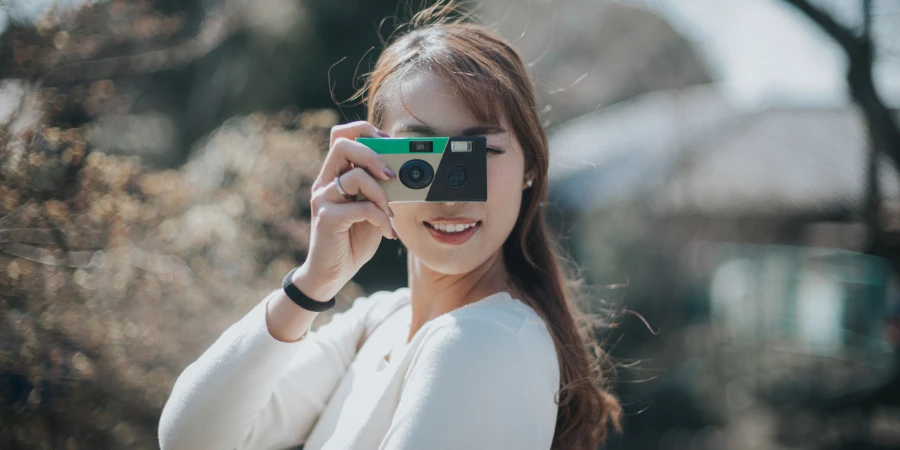In an era dominated by digital technology, the disposable camera stands out as a testament to the charm of analog photography. These simple, use-once cameras offer a unique way to capture moments, combining the anticipation of film with the convenience of a compact, no-fuss device. This article explores the ins and outs of disposable cameras, from how they work to their benefits and drawbacks, and even tips on choosing and using them.
Table of Contents:
– What is a disposable camera?
– How does a disposable camera work?
– Benefits and drawbacks of disposable cameras
– How to choose a disposable camera
– How to use a disposable camera
What is a disposable camera?
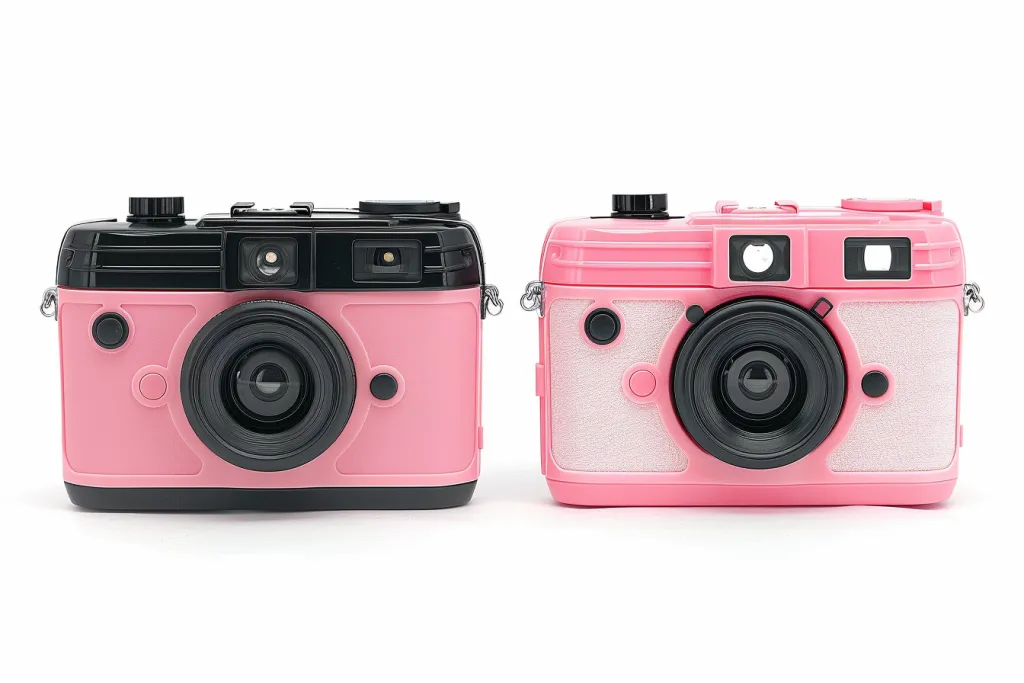
A disposable camera, also known as a single-use camera, is a simple, inexpensive film camera that comes pre-loaded with a roll of film. Designed for one-time use, these cameras are typically made of plastic and are popular for their convenience and ease of use. Unlike digital cameras or smartphones, disposable cameras offer a tactile experience, where each shot is carefully considered, given the limited number of exposures available.
The charm of disposable cameras lies in their simplicity and the element of surprise. Without the instant feedback of a digital screen, photographers are left to anticipate how their shots will turn out once developed. This anticipation adds a layer of excitement to the photography process, making each photo more meaningful. Furthermore, the fixed focal length, lack of settings, and sometimes the inclusion of a built-in flash make these cameras straightforward to use, appealing to both photography novices and enthusiasts looking for a nostalgic experience.
How does a disposable camera work?
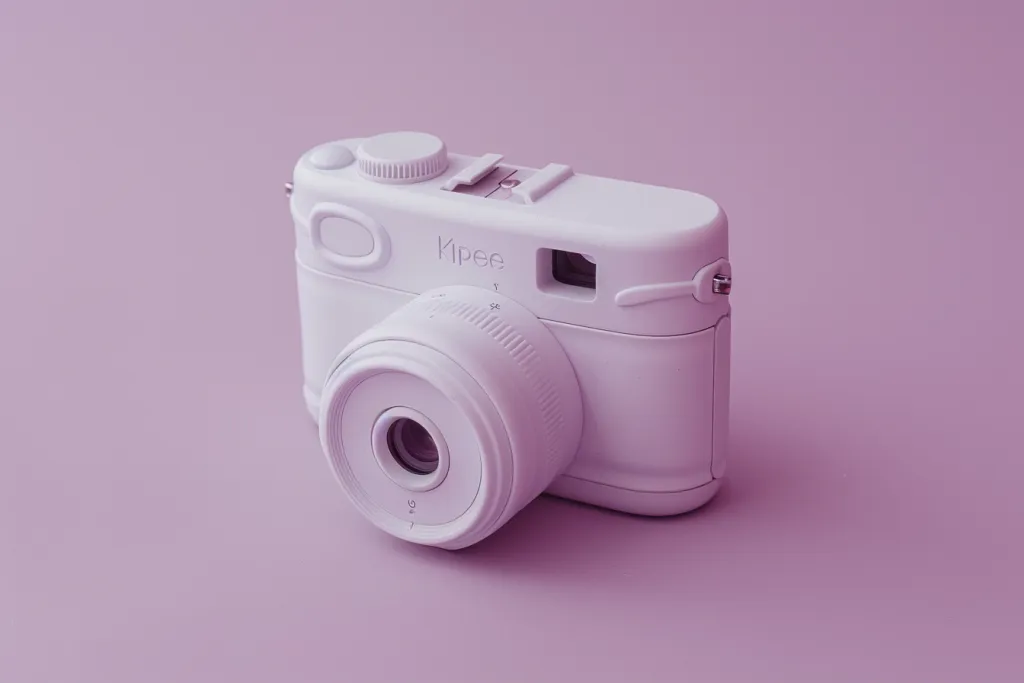
Disposable cameras function through a simple yet effective mechanism. They come pre-loaded with a roll of film, usually 35mm, which is the standard film size for analog photography. When a picture is taken, the film advances inside the camera, preparing the next frame for exposure. This process continues until the film is fully exposed, typically after 24 or 27 shots.
The camera’s shutter mechanism is straightforward, with a fixed aperture and shutter speed. This simplicity means that disposable cameras perform best in well-lit conditions, though models with a built-in flash can be used in lower light. After the last photo is taken, the entire camera is taken to a photo lab for film processing. The lab opens the camera in a darkroom, removes the film, and then develops the pictures. Although the camera body is disposable, many parts, especially the flash circuitry and sometimes the lens, can be recycled.
Benefits and drawbacks of disposable cameras
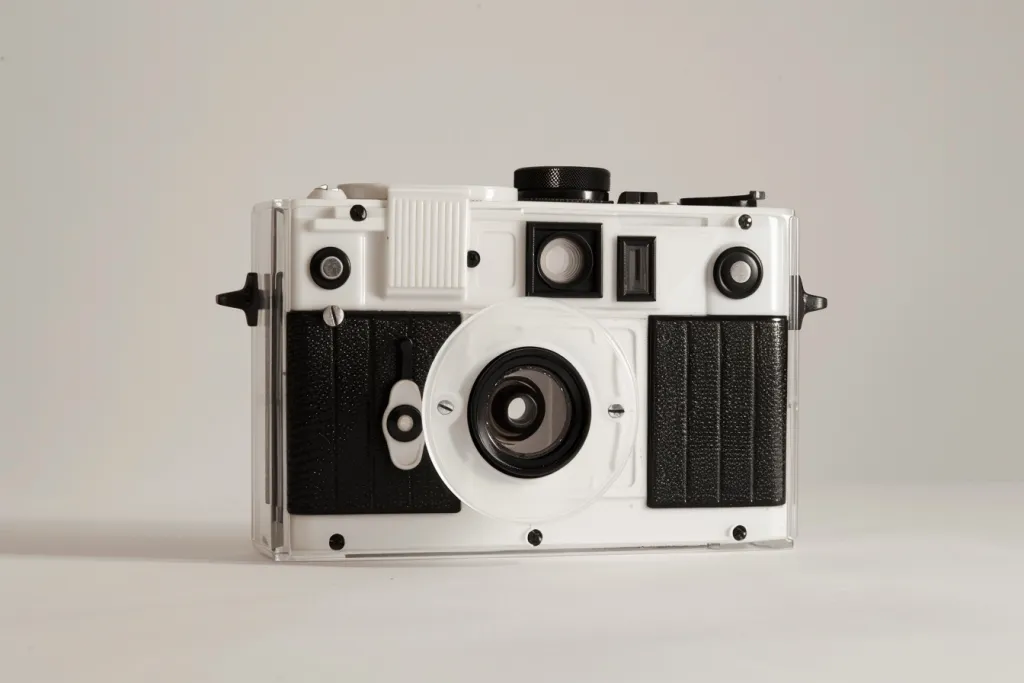
The primary benefit of disposable cameras is their simplicity and ease of use. They are compact, lightweight, and ready to shoot straight out of the packaging, making them ideal for travel, special events, and everyday moments when carrying a digital camera or smartphone might be inconvenient or risky. The lack of settings and adjustments allows users to focus solely on the composition of their shots, fostering a more intuitive and mindful approach to photography.
However, disposable cameras also have their drawbacks. The cost per photo is relatively high compared to digital photography, where there’s no additional expense for taking more shots. The fixed settings limit the camera’s versatility, making it challenging to capture high-quality images in all lighting conditions. Furthermore, the single-use nature of these cameras raises environmental concerns, although efforts to recycle parts have mitigated this issue somewhat.
How to choose a disposable camera

When choosing a disposable camera, consider the film speed (ISO), as this will determine the camera’s performance in different lighting conditions. Cameras with higher ISO film are better suited for low-light environments but may produce grainier images. Also, look for cameras with a built-in flash if you plan to take pictures indoors or in dimly lit settings.
Another factor to consider is the number of exposures. Most disposable cameras offer between 24 and 27 shots, but some models may offer more. Think about how many pictures you plan to take and choose accordingly. Lastly, consider the overall cost, not just the purchase price but also the cost of developing the film, which can vary widely.
How to use a disposable camera
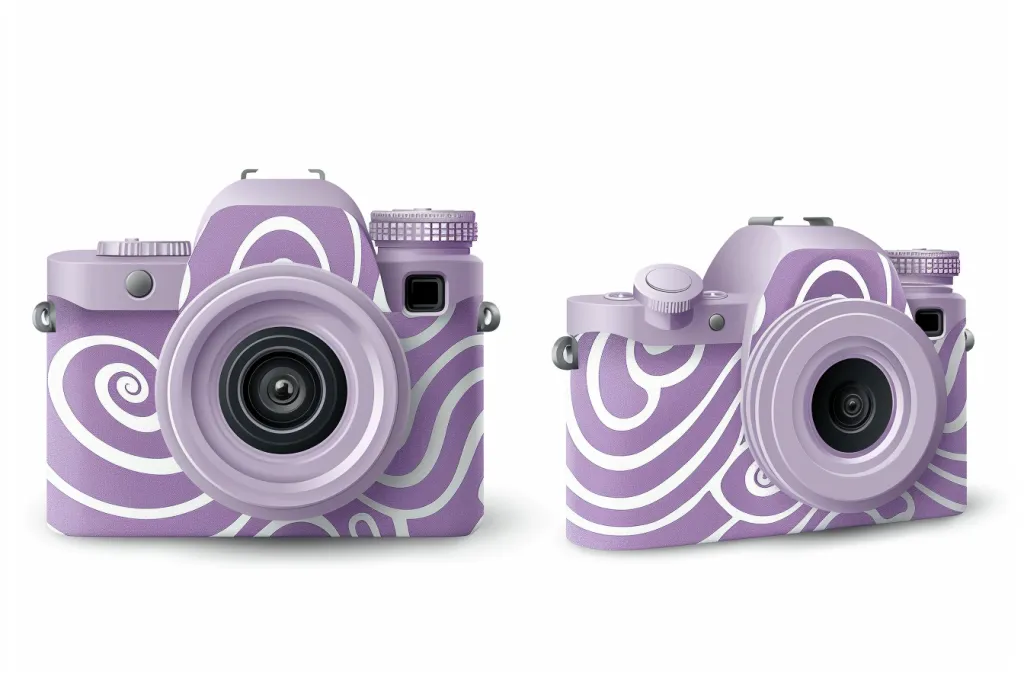
Using a disposable camera is straightforward: simply aim, frame your shot through the viewfinder, and press the shutter button. If your camera has a flash, remember to activate it in low light by pressing the flash button until it’s charged, indicated by a light or beep.
Be mindful of your composition and the number of shots remaining, as you have a limited number of exposures. Try to hold the camera steady when taking a photo to avoid blurriness, especially in low-light conditions where the shutter speed may be slower. Once you’ve taken all your shots, take the camera to a photo lab for processing. It’s a good idea to note any special instructions or preferences for developing the film, as some labs offer options like digital scans of your photos.
Conclusion
Disposable cameras offer a unique, low-tech approach to photography that emphasizes the joy of capturing moments without the immediacy and sometimes overwhelming options of digital cameras. They remind us of the value of each shot and the anticipation of waiting to see how our photographs turn out. While they may not suit every situation, their simplicity, portability, and the distinct aesthetic of film make them a cherished tool for many photographers. Whether you’re attending a special event, exploring new places, or simply capturing everyday moments, a disposable camera can add a touch of spontaneity and nostalgia to your photographic endeavors.
